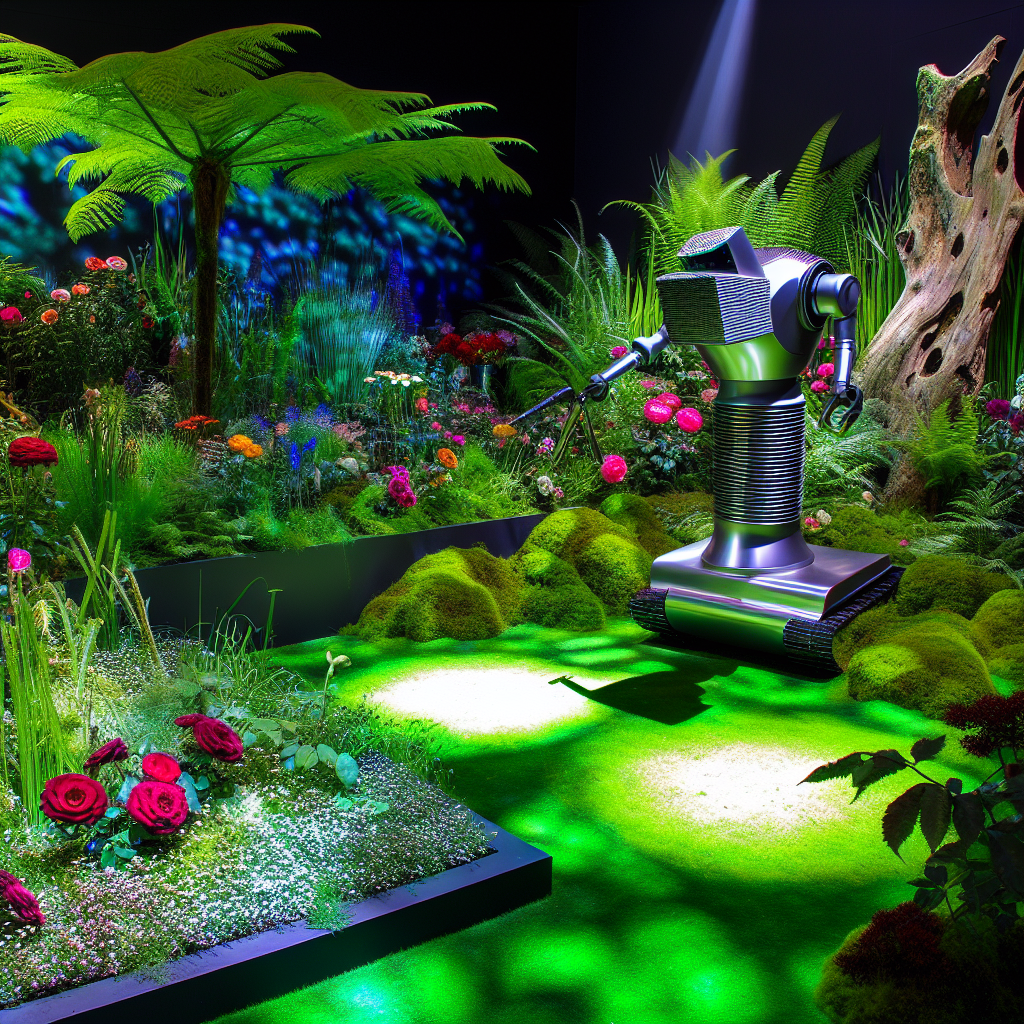Robotics and automated tools like precision watering systems and pruning robots have revolutionized gardening by providing efficient and precise tasks for lawn maintenance. These technologies save time for gardeners, promote healthier plants, and improve overall efficiency in plant care.
In recent years, advancements in robotics have revolutionized various industries, including gardening. With the latest automated tools for lawn maintenance, precision watering, and pruning robots, plant care efficiency has reached new heights. In this article, we will explore how robotics is changing the way we care for our plants, from revolutionizing gardening with automated tools for lawn maintenance to maximizing efficiency with precision watering and pruning robots. Join us as we delve into the future of plant care, where robotics and automated tools are transforming the way we garden.
- 1. "Revolutionizing Gardening with Robotics: The Latest Automated Tools for Lawn Maintenance"
- 2. "Precision Watering and Pruning Robots: How Robotics is Changing Plant Care Efficiency"
- 3. "Maximizing Efficiency in Gardening with Automated Tools for Precision Watering and Pruning"
- 4. "The Future of Plant Care: Robotics and Automated Tools Transforming the Way we Garden"
1. "Revolutionizing Gardening with Robotics: The Latest Automated Tools for Lawn Maintenance"
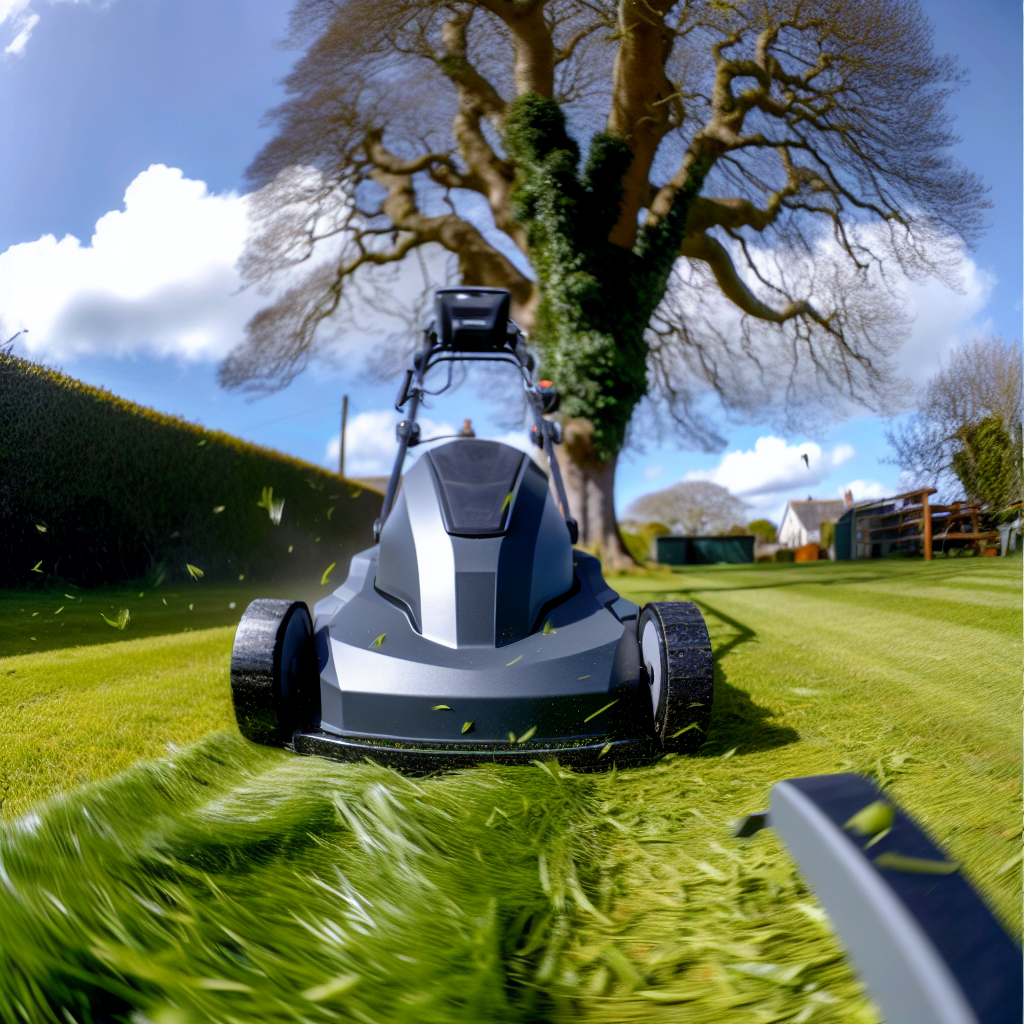
Robotics has been making significant strides in the field of gardening, particularly when it comes to lawn maintenance. The latest automated tools are revolutionizing the way we care for our outdoor spaces, making tasks such as mowing, watering, and pruning more efficient and precise than ever before.
One of the key advancements in robotics for lawn maintenance is the development of precision watering systems. These automated tools can accurately monitor soil moisture levels and deliver just the right amount of water to each plant, ensuring optimal growth and minimizing water waste. This not only saves time for gardeners but also promotes healthier plants and reduces the environmental impact of overwatering.
Another innovative tool in the world of robotic gardening is pruning robots. These devices are equipped with sensors and algorithms that allow them to identify and trim overgrown branches with precision. By automating the pruning process, gardeners can save time and ensure that their plants are properly maintained throughout the growing season.
Overall, the integration of robotics into gardening practices is transforming the way we care for our outdoor spaces. With automated tools for lawn maintenance such as precision watering systems and pruning robots, gardeners can achieve more efficient and effective plant care, ultimately leading to healthier and more beautiful gardens.
2. "Precision Watering and Pruning Robots: How Robotics is Changing Plant Care Efficiency"
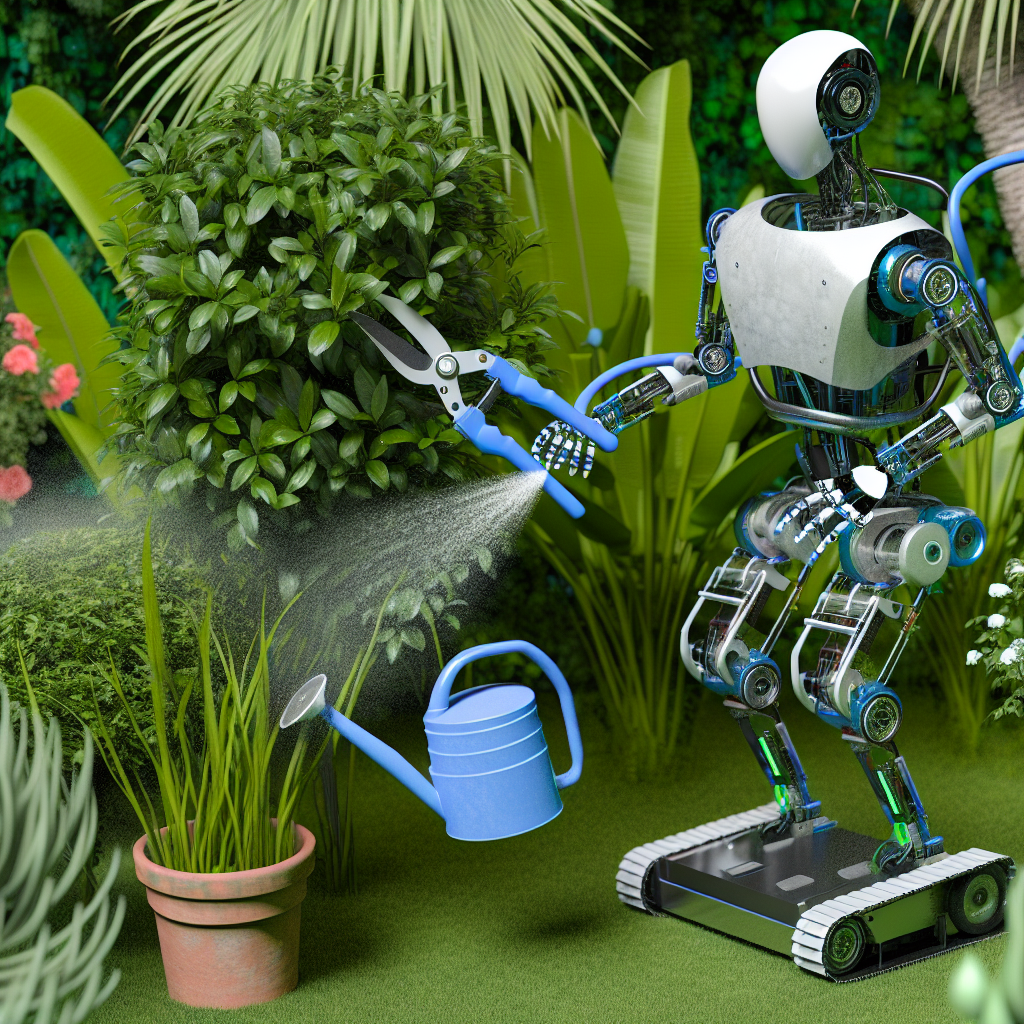
Robotic technology has revolutionized the way we care for our gardens and plants. With automated tools such as precision watering and pruning robots, gardening has become more efficient and convenient than ever before. These robots are equipped with sensors and algorithms that allow them to accurately assess the needs of each plant and provide the necessary care.
Precision watering robots are programmed to deliver the right amount of water to each plant, ensuring that they receive the perfect balance of hydration without the risk of overwatering or underwatering. This not only promotes healthier plant growth but also helps conserve water, making it a more sustainable option for lawn maintenance.
Pruning robots, on the other hand, are designed to trim and shape plants with precision and care. By using advanced cutting mechanisms and sensors, these robots can identify the optimal branches to prune, promoting better growth and overall plant health. This saves gardeners time and effort while ensuring that plants receive the necessary maintenance they need to thrive.
Overall, robotics in gardening has significantly improved plant care efficiency, making it easier for gardeners to maintain their outdoor spaces. With the use of precision watering and pruning robots, individuals can enjoy lush, healthy plants without the hassle of manual labor. As technology continues to advance, we can expect to see even more innovative solutions that make gardening more accessible and enjoyable for everyone.
3. "Maximizing Efficiency in Gardening with Automated Tools for Precision Watering and Pruning"
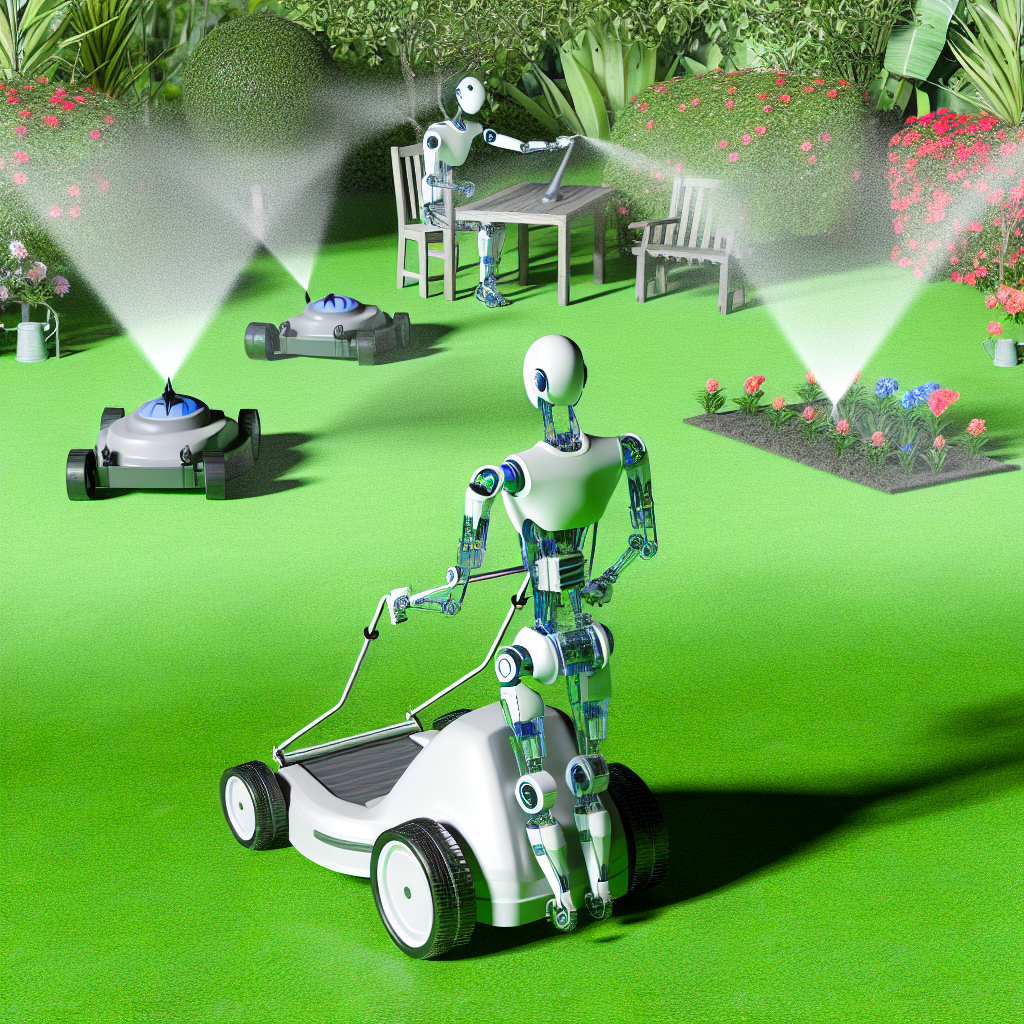
One of the key benefits of incorporating robotics in gardening is the ability to maximize efficiency through automated tools for precision watering and pruning. These advanced technologies can revolutionize the way we care for our plants, ensuring they receive the right amount of water and nutrients at the right time.
Precision watering systems utilize sensors and algorithms to determine the exact moisture levels of the soil and adjust watering schedules accordingly. This not only prevents overwatering, which can lead to root rot and other issues, but also ensures that plants receive the optimal amount of hydration for healthy growth. By automating this process, gardeners can save time and resources while promoting the overall health of their plants.
Similarly, pruning robots are designed to accurately trim and shape plants with precision, eliminating the guesswork and potential for human error. These robots can navigate through the garden with ease, identifying which branches need to be pruned and executing the task with efficiency. By using pruning robots, gardeners can maintain the shape and health of their plants without the manual labor typically required for this task.
Overall, incorporating automated tools for precision watering and pruning in gardening can significantly improve the efficiency of plant care. With robotics playing a key role in lawn maintenance, gardeners can achieve optimal results with minimal effort, allowing them to focus on enjoying their beautiful and thriving gardens.
4. "The Future of Plant Care: Robotics and Automated Tools Transforming the Way we Garden"
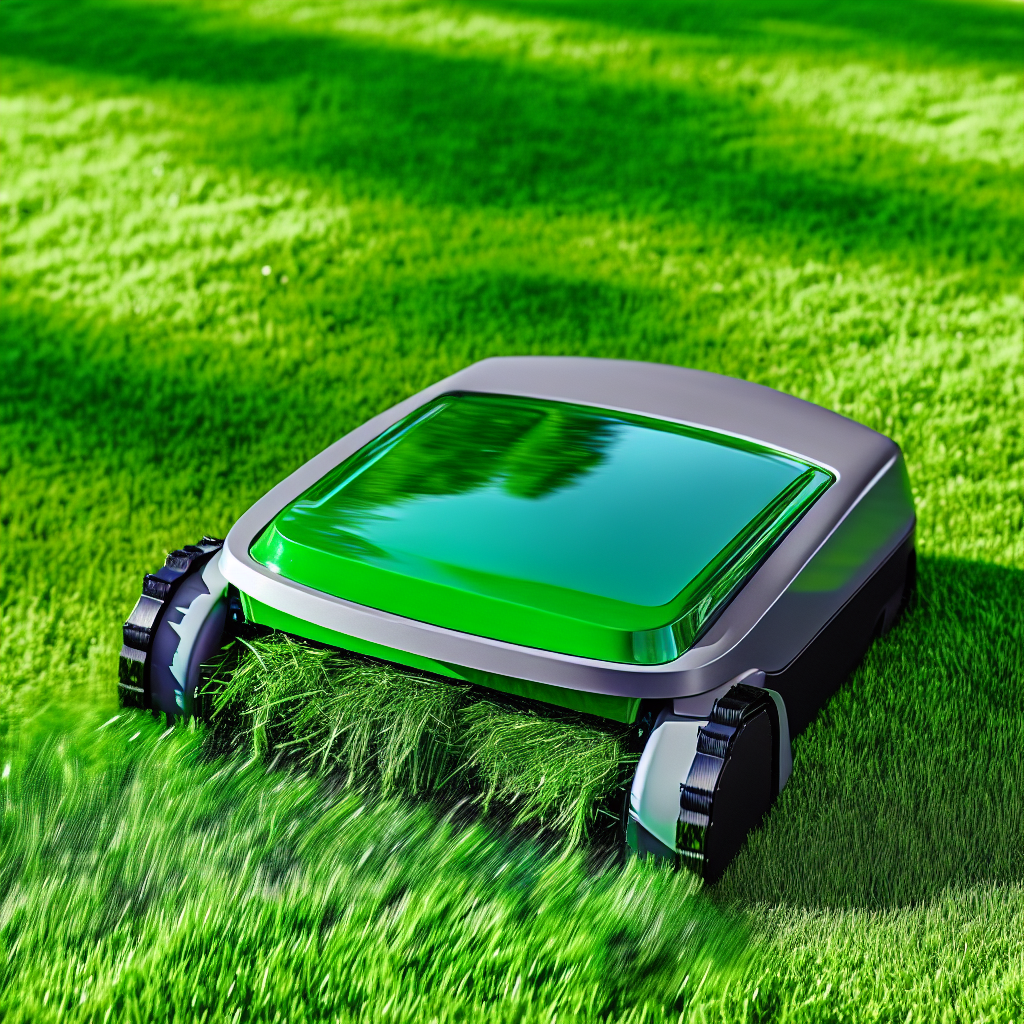
The future of plant care is being revolutionized by robotics and automated tools, transforming the way we garden. These advanced technologies are providing gardeners with efficient and effective solutions for maintaining their plants and landscapes.
Robotic lawn mowers are becoming increasingly popular for their ability to autonomously mow lawns, saving homeowners time and effort in maintaining their outdoor spaces. These robots are equipped with sensors and navigational systems to ensure precise cutting and coverage of the entire lawn.
Precision watering systems are also being developed to efficiently water plants based on their individual needs. These automated tools can monitor soil moisture levels and adjust watering schedules accordingly, ensuring optimal hydration for each plant.
Pruning robots are another innovation in plant care, designed to trim and shape plants with precision and efficiency. These robots can navigate through gardens, identifying and cutting back overgrown branches without damaging the plant.
Overall, the future of plant care is bright with the integration of robotics and automated tools. These advancements are transforming gardening practices, making it easier and more convenient for individuals to maintain healthy and beautiful landscapes.
In conclusion, the integration of robotics and automated tools in gardening has truly revolutionized the way we care for our plants. From precision watering and pruning robots to advanced tools for lawn maintenance, these technologies have significantly increased efficiency and productivity in plant care. As we look towards the future, it is clear that robotics will continue to play a crucial role in transforming the way we garden, making it easier and more convenient for both hobbyists and professionals alike. With the continued development and innovation in this field, the possibilities for maximizing efficiency in gardening are endless. Embracing these advancements in robotics is key to achieving optimal plant care and maintaining beautiful, healthy gardens.


